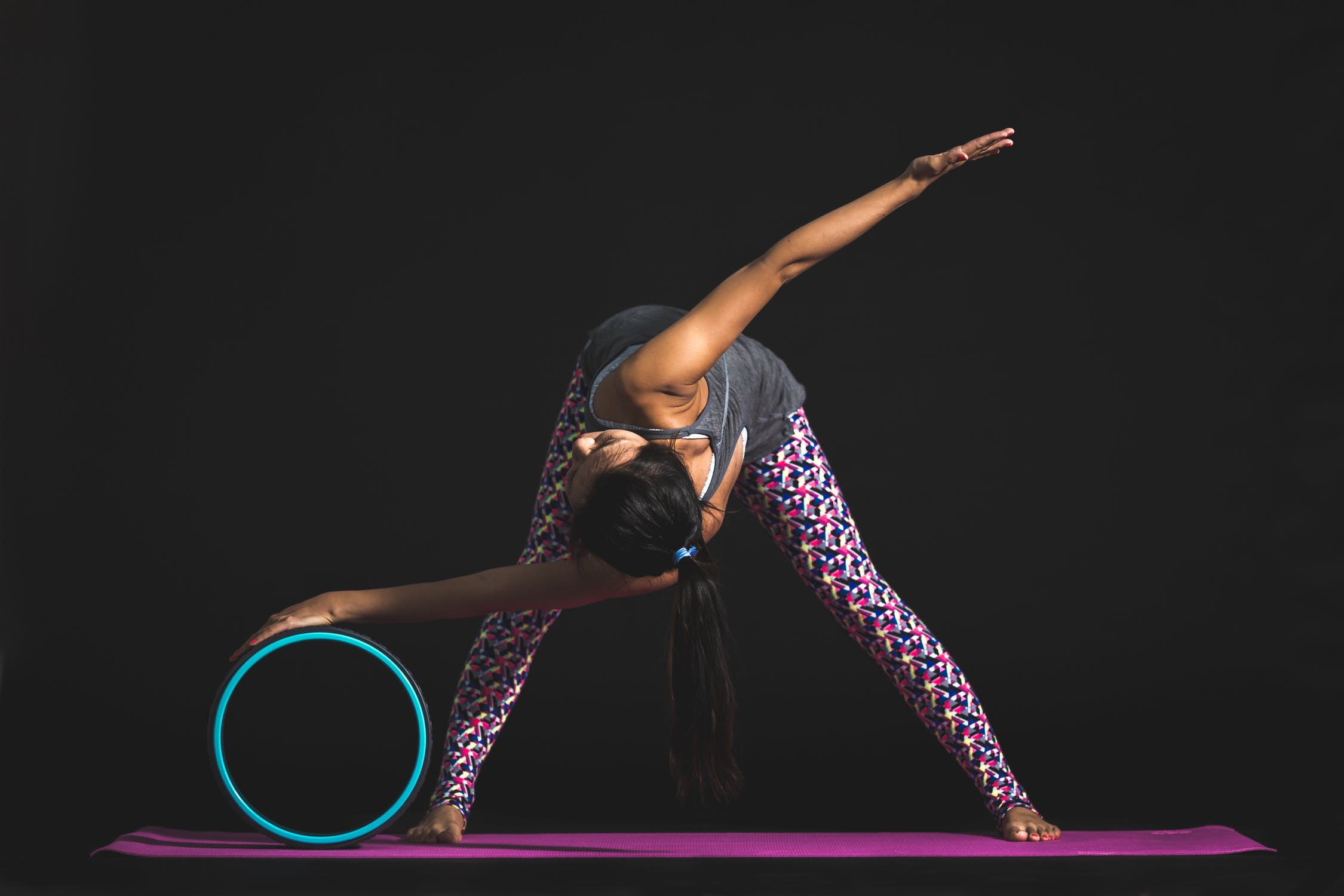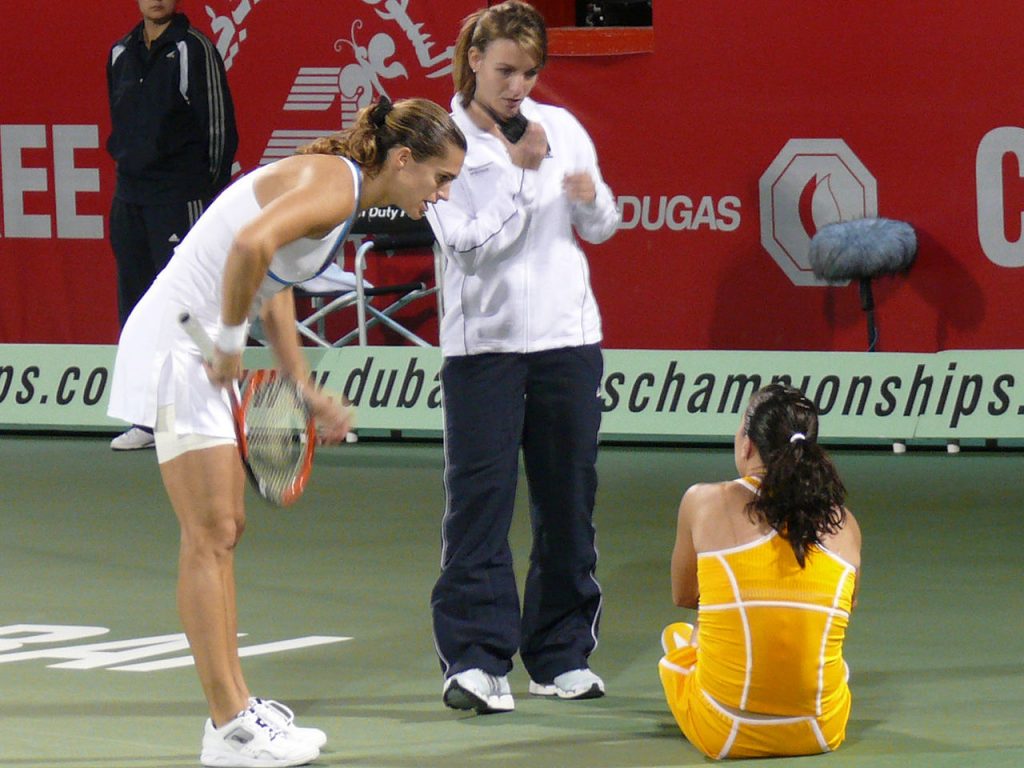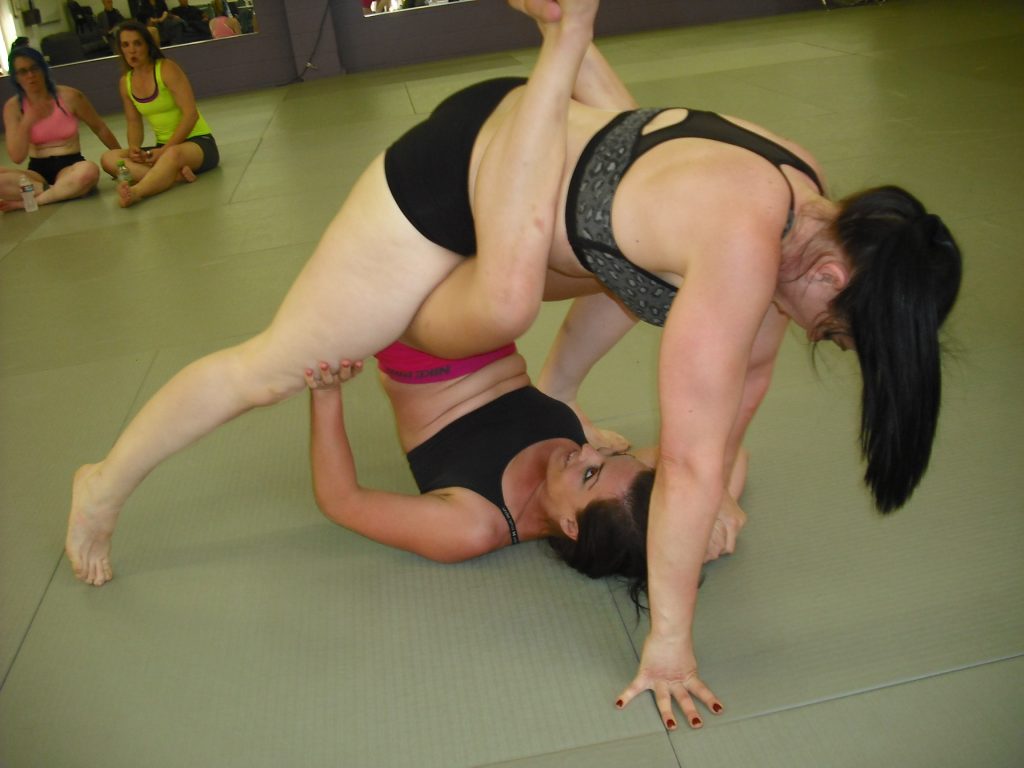
fciwomenswrestling.com femcompetitor.com, fcielitecompetitor.com, fciwomensports, pexels.com Burst
Measuring how much you as an athlete would be diminished by a hamstring injury is calculable.
The thinking is that you can still sprint, cut, run and compete as long as the hamstring operates at approximately 85 percent.
For those of us who have competed, any hamstring injury feels like a game changer, in a very bad way.

Some injuries you can tape it up, numb it a little, even ignore it, but when you have a hamstring injury, forget it, you’re out.
Perhaps if we understand this powerful muscle, we can enhance our ability to preserve it.
At livestrong.com they explain, “Your hamstrings include 3 large muscles that run along the back of your thighs. They extend from your pelvis to the top of the bones of your lower leg. The hamstring muscles — including the biceps femoris, semimembranosus and semitendinosus — play an important role in activities such as walking, running and jumping. The hamstrings function to bend your knees and move your hips backward.”
The widely respected good health oriented site webmd.com adds, “What is a hamstring? It isn’t actually a single ”string.” It’s a group of four muscles that run along the back of your thigh. They allow you to bend your leg at the knee.
During a hamstring strain, one or more of these muscles gets overloaded. The muscles might even start to tear. You’re likely to get a hamstring strain during activities that involve a lot of running and jumping or sudden stopping and starting.”
Watching many of our female grapplers compete, we can see how they might pop a hamstring.

When many of us run, we can literally feel our hamstring tightening up like it’s ready to pop.
So what can we do when we are on the verge of hamstring breakdown?
We have a wonderful guest writer with some suggestions.
Tight Hamstring – Explanation and Remedies

By Fran Kehoe
The hamstrings are an important part of your leg and if they become injured you will find it difficult to walk and exercise without pain. This part of your leg is made up of one large hamstring muscle and several smaller muscles which assist in its function. The hamstring is positioned on the rear upper part of each leg and is responsible for the movement of your leg.
When the hamstring becomes tight, this will begin to cause issues which will need to be examined and dealt with quickly. Leaving this form of injury for too long can cause more damage and may affect your ability to walk and run in the future.
Research is essential to guarantee that you understand what to do if you are suffering from tight hamstrings.
What causes tight hamstrings?
There are several different reasons that you may suffer from tight hamstrings and these may include:
- Poor posture and sitting for long periods of time will affect your hamstrings and make them tighter than normal. If you need to sit at a desk for long periods of time, you may need to adjust your position.
- Naturally short hamstring muscles are far more common than you may think and women and children typically have more flexible hamstrings than men. There are several different genetic causes which will result in your hamstrings being shorter and tighter.
- Old injuries can cause problems in the future with your hamstrings and the build-up of the scar tissue within your legs may cause the hamstring to be tight. Any injuries which occur will need to be dealt with to avoid problems in the future.
- Bad stretching techniques, or no stretching at all, will result in your hamstrings being tight. Learning how to stretch correctly is essential and will guarantee that you remain injury free in the future. Once your muscles have warmed up they are far easier to stretch and this needs to be performed both before and after any physical activity.
Sitting for long periods of time at a desk or driving, especially with poor posture or ergonomics, can cause the muscle fibers to become firmer or more stubborn to move. If exercise or movement isn’t part of your lifestyle, then these stubborn muscle fibers can become stuck together and less able to stretch.
Unresolved injuries can result in a build-up of scar tissue within the hamstrings causing a restriction in the full range of movement. This limitation to the range of movement can cause the hamstrings to weaken, or the over development of the neighboring muscles due to compensating for the weakened hamstrings.
Scar tissue is a harder fibrotic tissue that can be broken down using massage techniques.
The issues it can cause:
- Injury and tearing is exceedingly common with tight hamstrings, since forcing any muscle to perform a task that it is not comfortable doing will result in problems.
- Back problems are typical when you have tight hamstrings, as your pelvis and hips move backwards.
- Limited sporting abilities are another issue which you may find becomes a problem when your hamstrings are tight. You will find that you struggle to perform well and there will be sporting events which you cannot participate within at all.
Dealing with the tight hamstring:
- You can never do enough stretching and this is one of the best remedies for tight hamstrings, which can improve the condition in the future. There are several different stretches which you can perform which will help the tightness. These include passive, dynamic and static stretches which can all be done before or after exercise.
- Massage is fantastic when you suffer from tight hamstrings; however, it should only be performed by a professional. They will be able to assess the extent of the damage and be able to make your hamstrings more flexible.
Author: Fran Kehoe, M.I.P.T.I.
Fran is a fully qualified and insured Sports & Remedial Massage Therapist with ITEC Diplomas in Sports Massage, Reflexology, Anatomy & Physiology, Holistic Massage and a FHT Certificate in Deep Tissue Massage.
For help in choosing the right treatment if you’re experiencing tight hamstrings click here.
Or call Fran for a no-obligation initial discussion of your problem: 020 8166 8958
~ ~ ~
OPENING PHOTO Magic4Walls.com
Magic4Walls.com opening photo credit
http://www.webmd.com/fitness-exercise/hamstring-strain#1
https://in.pinterest.com/chloenoris/hamstrings/
http://www.livestrong.com/article/151904-what-is-the-purpose-function-of-the-hamstring/
http://ezinearticles.com/?Tight-Hamstring—Explanation-and-Remedies&id=6710130
Article Source: http://EzineArticles.com/expert/Fran_Kehoe/1230316
Article Source: http://EzineArticles.com/6710130



